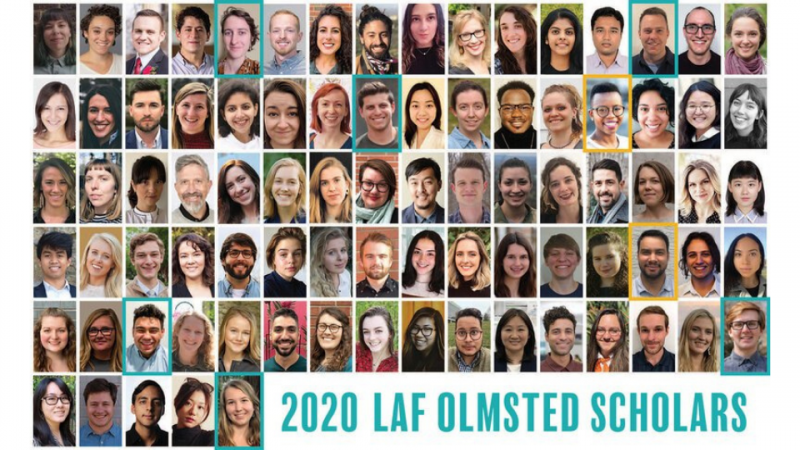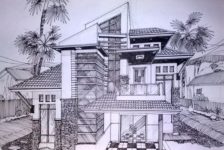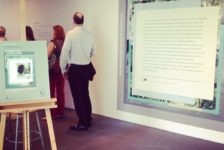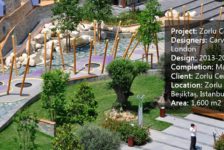As we bid farewell to the unforgettable year of 2020, it seems like the right time to reflect on my experience of being a part of the jury for Landscape Architecture Foundation (LAF) Olmsted Scholars Program. Reflection has certainly been the common theme of our lives as the world’s pandemic shakes us out of our spheres of comfort and normality. We asked more questions than we ever had about our lives regarding our internal and external environments. For the Olmsted Scholar nominees, this may be a part of their experience as they write their 1,000 word submissions.
Each year, LAF asks the following questions as the first part of the essay submissions:
– Describe your personal development and how it has influenced your direction and vision for the future?
– Discuss how you see your role in advancing sustainable planning and design and fostering human and societal benefits.
The program has now reached its 13th year and the integrity of this cause is palpable even from across the globe. Sitting in my home in the UK, I joined my fellow jurors in April and May as we debated and reasoned.
A total of 85 Olmsted Scholars were recognised in 2020. Of these, there were six national finalists (three undergraduate and three graduate students) and two national winners (one undergraduate and one graduate students) – all of whom are recipients of an award and part of a larger community of LAF Olmsted Scholars, going back 13 years! The following paragraphs are only some of the stories from both of this year’s winners and from only three of the finalists.
I have come to an understanding that the foundation for influence and leadership in this profession come from the unique and common stories we each hold and, like an alchemist, transform our stories into something practical and tangible that we can share with the rest of the world.
“Who Am I?”
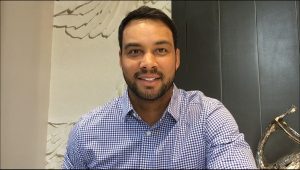
David Hooper, this year’s undergraduate national winner, spent his former years before studying Landscape Architecture as a photojournalist in the Navy. The deep social connections that stemmed from recording humanity across the globe through his camera became something he valued. He witnessed the power of creativity to transform lives. This ultimately led him to view the interconnectivity of not only being a landscape architect, but also the contributions and achievements he could make through his lens of experience and perspective.
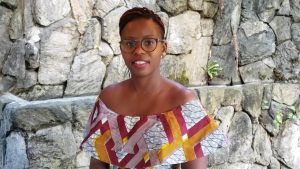
Lys Divine Ndemeye, the graduate national winner, was born in Burundi before moving to Niger and settling in Edmonton. All of these moves from very distinctive places allowed her to see and experience a place being reflective of the systems of political power, social, economical, climatic and cultural complexities: “Unfortunately, I am faced with Landscape Architecture’s frequent exclusion of African and Indigenous cultural landscapes and design ethos.”
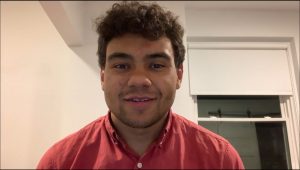
Aaron Lewis, one of the undergraduate finalists, formed a relationship with his bike that took his 15-year-old self to football practices, weightlifting sessions, and trips to the supermarket. He grounds these early life experiences and living with his grandparents as a fortunate source of stability – to have been given access to resources, within a childhood reality of being part of a marginalised group.
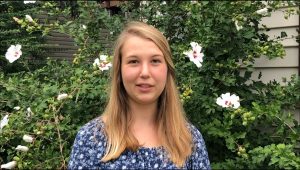
Audrey Wilke, another undergraduate finalist, shares her vulnerable moments of shame and embarrassment to be in school with dyslexia. Over time, her connection to this part of her weakness became a source of strength as she learned about the unique qualities. As a person with dyslexia, she learned about her strong spatial reasoning, powerful creative thoughts, and insightful connections, which ultimately led to landscape architecture.
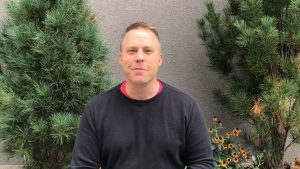
Martin Egan, one of the graduate finalists, reveals his concerns for public spaces to provide emotional security and social acceptance, whilst raising awareness of the LGBTQ+ community. A physical attack at a young age changed his perspective and experience of open spaces.
“How Can I Give Back?”
In the second part of the essay, LAF asks the nominees how they would use the funds if they were to win.
With the prize money of $15,000, David plans to study horticultural therapy before seeking to design a curriculum and program that will provide veterans with non-traditional therapy to heal their trauma of war and conflict. He states, “by acting to heal, one is healed.” The program intends to provide veterans with practical skills that can also present employment opportunities.
Lys, with the $25,000 prize money, hopes to promote landscape architecture to Indigenous and African descent youths to “make the future of the profession more apt to design and advocate for the diverse communities we serve.”
By living in marginalised communities, similar to the one he grew up in, Aaron wishes to build case studies of socially equitable developments.
Audrey outlines a best practices guide for truly accessible landscape design, created by the disability community.
Lastly, what would a public space that has full awareness, acceptance and provides a safe space for the LGBTQ+ community look like? Martin hopes to uncover this through a two-day symposium that explores just that.
The graduate finalists received a $5,000 award and undergraduate finalists received a $3,000 award. Although this shows only a snapshot of the 2020 Olmsted Scholars, these examples and stories demonstrate how the profession of landscape architecture and our seemingly small to large contributions can be built from our own personal experiences and personal development. Throughout this process, I found myself brimming with inspiration and smiling with hope and courage. No, I don’t fear the disappearance of such a niche profession that is landscape architecture. I admire the diversity of the representations we have.
The stories of these individuals demonstrate that we are much more than the work we do in our profession. Our personal stories and accounts are not something to hide and stow away in a dark empty closet but to be given the light of perspective, logic, reasoning and practicality.
LAF states that this program is to recognize and support students with exceptional leadership potential who are using ideas, influence, communication, service and leadership to advance sustainable planning and design and foster human and societal benefits.
By empowering ourselves with our stories, we each can take a stronger leadership role and bring more fulfilment to the people, wildlife, and the environment we serve.
Maybe you will be your university’s nominee for the LAF Olmsted Scholars Program next year. Maybe you will reflect on what experiences brought you into the profession. Maybe you will decide to leave a small imprint of your own story in the next project you do, even if no one else can see it.
Learn more: www.lafoundation.org/olmsted
Published in Blog, Cover Story, Featured


